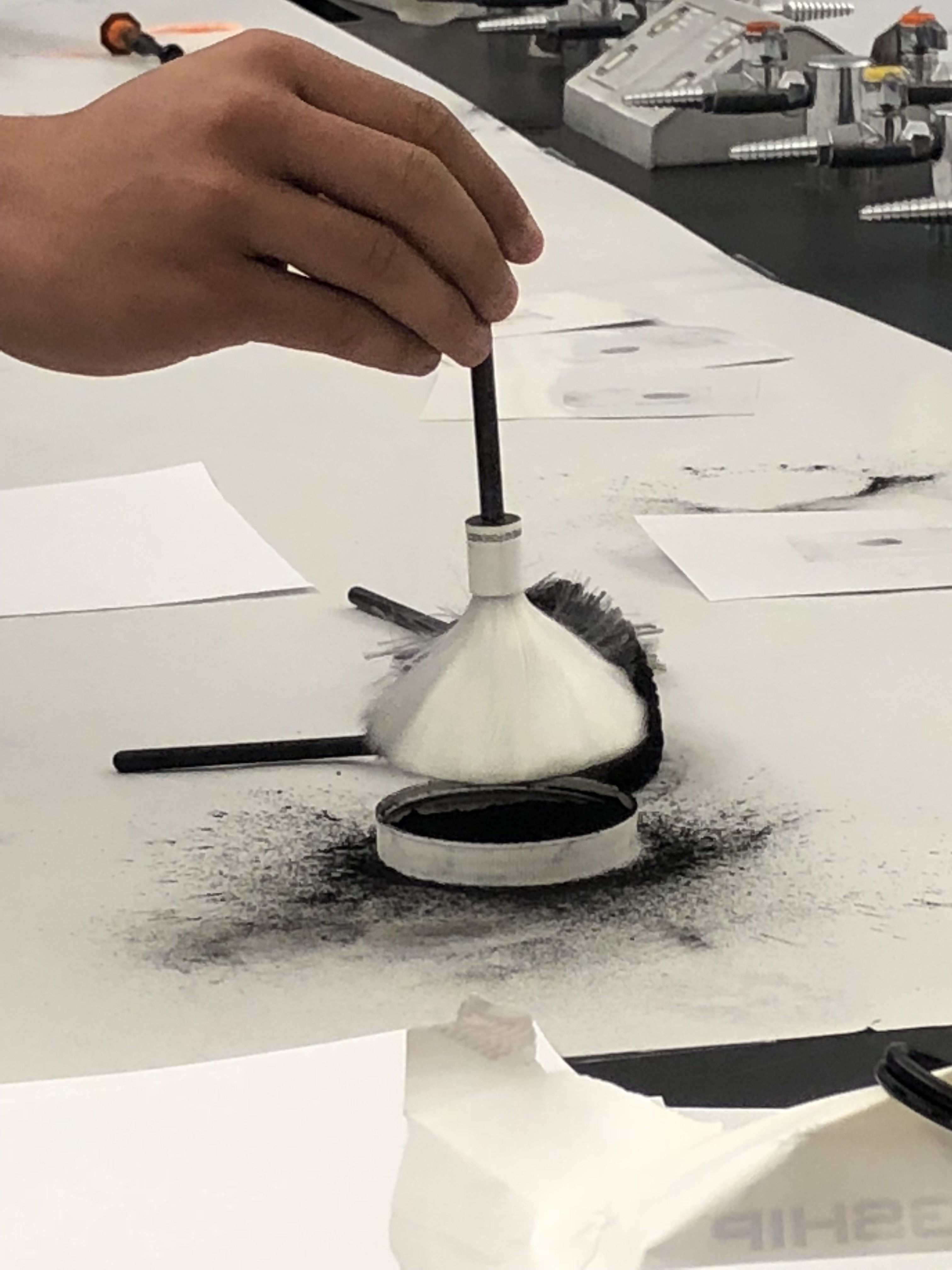PACE
Forensics and National Security Sciences Institute Develops DNA Tool

DNA is everywhere—not just in bodily fluids, such as blood or saliva, but also in traces left by the touch of a finger. If more than one person has been sitting at the same table, for example, traces of each person’s DNA will be left behind and become co-mingled.
For forensic analysts and research assistant professors Michael Marciano G’18 and Jonathan Adelman G’16, the difficulty in interpreting mixed DNA samples has serious implications on criminal investigations every day.
“When DNA is recovered from a crime scene, victim or suspect, it may be a mixture of genetic information from multiple people,” says Marciano, a research assistant professor in the Forensic and National Security Sciences Institute (FNSSI) in the College of Arts and Sciences. “To successfully interpret a DNA mixture, we must first determine the number of contributors present in the sample, a process that often is time-consuming and complex. This is a critical area of need in the forensic community.”
Enter PACE, a patent pending method created by Marciano and Adelman, to solve this challenge in the field of forensic DNA analysis. Short for Probabilistic Assessment for Contributor Estimation, PACE can estimate the number of contributors in a matter of seconds, thanks to machine learning, a branch of artificial intelligence. PACE also helps to make the analytical process easier through removing non-biological signal (artifacts), such as those from contaminants that may increase the difficulty in interpreting the profile.
In cases of a sample when limited amounts of DNA are present, or degraded, or both, such pinpoint accuracy can mean the difference between simply aiding an investigation and leading to conviction or acquittal.
Speaking about the removal of non-biological signal, Marciano says, “Analysts who use standard computer programs must identify, categorize and remove irrelevant data,” adding that the National Institute of Justice (NIJ) has helped jump-start PACE’s development. “As the complexity of a [DNA] profile increases, individual contributors and artifacts become harder to separate. PACE eliminates this data-interpretation step.”
In one of its publications, NIJ featured an article about PACE, describing its relationship with FNSSI as a success story. “PACE is leading the way toward a future filled with myriad new tools and interpretation methods that better utilize complex, challenging samples,” the article observed.
The PACE project is also a success story for the students involved. “Our graduate and undergraduate students are integral to the R&D process. In addition to getting applied science experience, they are building a professional network,” Marciano explains.
“This project is teaching me that knowledge, critical thinking and hard work are all required to advance in forensic science,” says Olivia D’Angelo G’20, a student who is working with Marciano and Adelman. “The research methods and underlying principles are helping me now and will definitely prepare me for my future career.” Marciano and Adelman agree, saying, “It is exciting to be able to actively involve students in the development of real-world solutions to problem sets faced in forensic science.”
With an overall accuracy rate of 98 percent, PACE is 20 percent more reliable than methods currently used to estimate the number of contributors in a sample. Marciano and Adelman have worked with Syracuse’s Office of Technology Transfer to license the intellectual property to commercial vendors.
A partner in the commercialization process is investor NicheVision Forensics of Akron, Ohio.
“With the press of a button, PACE will quickly and accurately determine the number of contributors in a forensic mixture,” notes Vic Meles, NicheVision’s chief financial officer. He says he is optimistic that crime labs everywhere will find PACE useful.
Participation from Marciano and Adelman’s collaborators (such as the New York City Office of Chief Medical Examiner, Promega Corporation, the Onondaga County Center for Forensic Sciences and many others) has helped in the development of the method and improved PACE’s user interface.
A forensic molecular biologist by training, Marciano previously worked for Onondaga County’s Wallie Howard Jr. Center for Forensic Sciences and SRC Inc. He has recently been appointed to the Forensic Science Organization of Scientific Area Committees, a forensic science regulatory and standardization board administered by the National Institute of Standards and Technology (NIST).
Adelman also worked for SRC Inc. and has a background in computer science and machine learning. At Syracuse, he was named a Daniel Patrick Moynihan Research Fellow and focuses on teaching and research in computational forensics.
